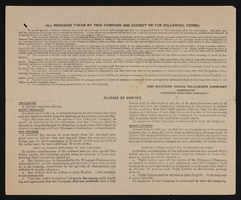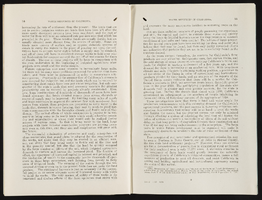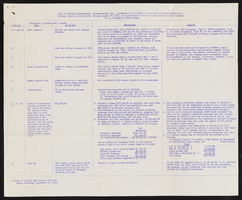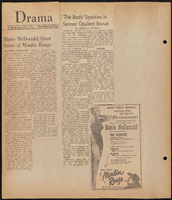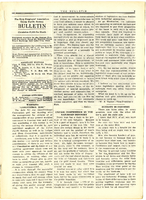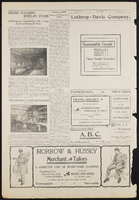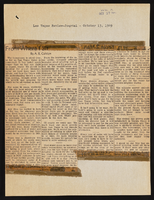Search the Special Collections and Archives Portal
Search Results
Audio recording clip of interview with Faye Todd by Claytee D. White, October 15, 1996
Date
1996-10-15
Archival Collection
Description
Part of an interview with Faye Todd by Claytee White on October 15, 1996. Todd discusses how she came to work for the Landmark and what it was like to work with entertainers.
Sound
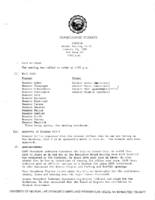
Meeting minutes for Consolidated Student Senate University of Nevada, Las Vegas, January 24, 1985
Date
1985-01-24
Archival Collection
Description
Includes meeting agenda and minutes. CSUN Session 15 Meeting Minutes and Agendas.
Text
Pagination
Refine my results
Content Type
Creator or Contributor
Subject
Archival Collection
Digital Project
Resource Type
Year
Material Type
Place
Language
Records Classification

